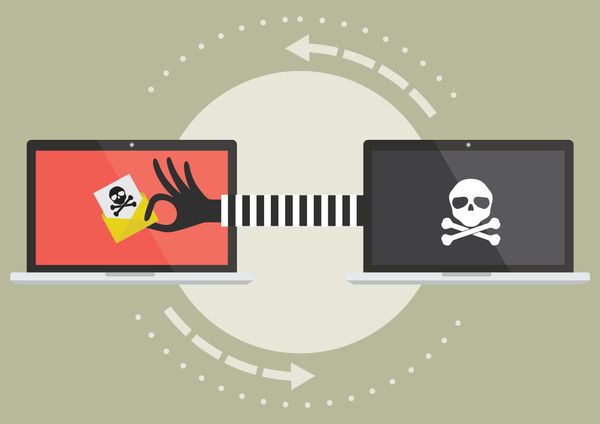Microsoft Patches 17-Year-Old Windows Vulnerability with CVE 10.0 Score

Microsoft patched a serious Windows DNS Server vulnerability with a CVE score of 10.0, and the latest indication is that it hasn”t been used in the wild in any current attacks.
Microsoft issues updates each month, usually fixing a variety of security issues and other vulnerabilities. There are always a few critical ones but, unless the vulnerability is used in attacks, Microsoft waits for patch Tuesday.
Since Windows is such a large ecosystem, odds are that many vulnerabilities are still undiscovered, not to mention possible vulnerabilities that have yet to be introduced into the code. What sets the CVE-2020-1350 apart is that it has a CVSS score of 10.0, which is not very common.
It’s a wormable vulnerability in the Windows DNS Server, allowing bad actors to infect other computers, remotely, without user interaction.
“This issue results from a flaw in Microsoft’s DNS server role implementation and affects all Windows Server versions. Non-Microsoft DNS Servers are not affected,” says Microsoft. “Wormable vulnerabilities have the potential to spread via malware between vulnerable computers without user interaction. Windows DNS Server is a core networking component.”
This type of security issue is the textbook reason why users should always keep their systems up to date. If installing the update is not possible, Microsoft offers a registry-based workaround, although that’s not an ideal situation.
Of course, while it looks like the vulnerability wasn’t used, bad actors will take the patch and figure out how to exploit it. And since the vulnerability is present in all Windows Server versions starting with 2003, it’s likely that numerous users will fail to apply the patch, leaving them exposed to future attacks.
A good example is BleeKeep, a vulnerability found in Microsoft’s Remote Desktop Protocol and patched more than a year ago. To this day, there are numerous Windows machines still vulnerable to BlueKeep.
tags
Author
Silviu is a seasoned writer who followed the technology world for almost two decades, covering topics ranging from software to hardware and everything in between.
View all postsRight now Top posts
Start Cyber Resilience and Don’t Be an April Fool This Spring and Beyond
April 01, 2024
Spam trends of the week: Cybercrooks phish for QuickBooks, American Express and banking accounts
November 28, 2023
FOLLOW US ON SOCIAL MEDIA
You might also like
Bookmarks







